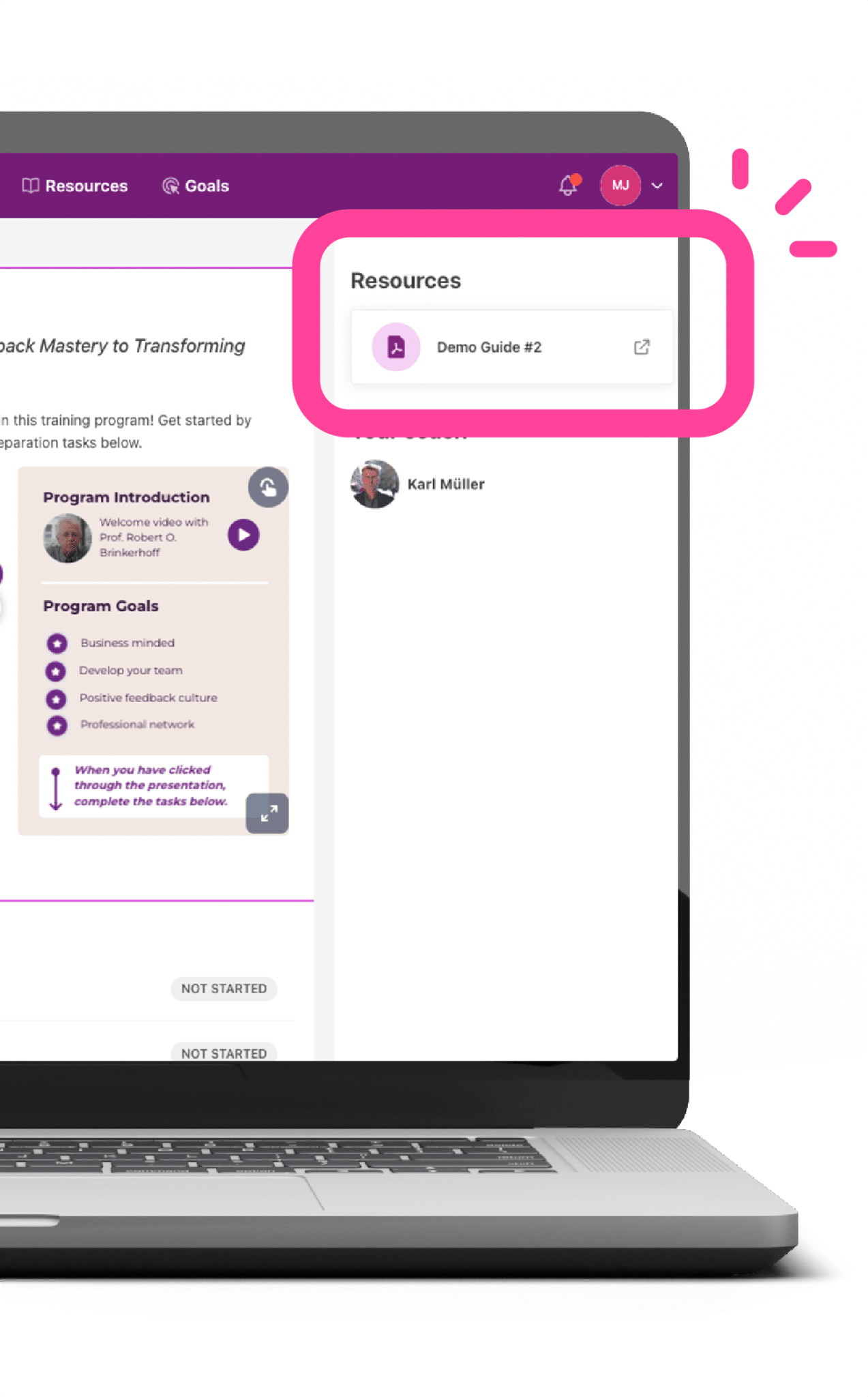[vc_row full_width=”stretch_row” css=”.vc_custom_1579601817737{background-color: #d33375 !important;}”][vc_column][pi_hero headline=”How to create a training program that drives performance in 7 steps”][/pi_hero][/vc_column][/vc_row][vc_row][vc_column][pi_image image=”964″][vc_column_text]
Business is all about executing on strategy,
to be aligned with what needs to be done.
Performance peaks when you spread and make use of best practice, minimising the time for customers and staff to get the best from your business. With the realisation that the majority of training programs are ineffective, there is an urgent need to improve learning and development.
Forward-thinking L&D professionals need to ask: how can my organization leverage learning to drive performance that will optimize staff alignment with organizational strategy?
By following these 7 steps, you can manage staff development and close the strategy-execution gap. This will be beneficial to the overall performance of the organization and to the long-term financial interests of the business.
1. Identify what business results the training should drive, examine the organizational objectives and any specific development, which the training initiative will need to address.
2. Share success stories and publicize these throughout the organization. This will promote best practice, enhance motivation and generate further feedback into the on-going learning process. Gather the data that you would like to present in the end of the program during the execution of the program.
3. Review the training initiative, to evaluate to what extent the core message in the desired behaviors has been adapted in everyday working practices. Have follow-up talks yourself with managers in different departments.
4. Ensure follow up on desired behaviors by supervisors or immediate managers; provide them with checklists or other job-aids to support them in pin-pointing the behaviors and activities that you want to drive.
5. Design your training program with focus on application of desired behaviors, what kind of training is needed and in what way to make them successful. A hybrid approach is almost always more effective.
6. Create an impact map that clarifies and links the training to the desired behaviors that drives the KPI’s towards organizational results.
7. Explore quantifiable metrics such as Key Performance Indicators (KPIs) that can state how the business is performing in relation to expected results from the training initiative.
We deliver proven results
*86% of participants apply their new learning consistently post training leading to value creation and business results x4 higher than the average training program.
96% of participants engage in best practice discussions with their Manager and peer group
91% of participants involve their Managers in goal setting
75% of Managers acknowledge the role Promote plays, in supporting those they lead to achieve the desired business results, through behavioural application.
[/vc_column_text][/vc_column][/vc_row]



